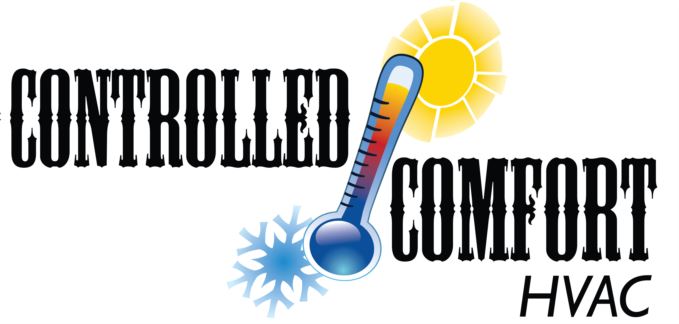
A furnace is often a background player for your home, helping keep you warm in the cold winter months. It regularly won't be noticed until something breaks down.
One source may be that your furnace has a cracked heat exchanger. It can potentially be hazardous, so it’s important to learn the signs of a cracked heat exchanger and what you can do if you believe that may be the problem.
What Is a Heat Exchanger in a Furnace?
A heat exchanger helps move heat from the combustion chamber of your furnace to the air that circulates inside the ventilation. It typically accomplishes this using coils or tubes that heat up the air while serving as a barrier to keep gas created in the combustion chamber, called flue gasses, from leaking out into your home.
Is a Cracked Heat Exchanger Dangerous?
Because of its central role, it shouldn't come as a surprise that a cracked heat exchanger can be hazardous. A damaged heat exchanger can permit dangerous gasses – like carbon monoxide, which can be lethal – to circulate throughout your home.
For obvious reasons, never turn on your heater if you think it has a cracked heat exchanger, as this could make the entire family ill. Reach out to an HVAC professional immediately if you are worried your furnace has a cracked heat exchanger that needs repair.
Four Signs of a Cracked Heat Exchanger:
- Furnace shuts off: A crack in your heat exchanger can cause your furnace to switch off.
- Unusual Smells: If the air coming out of your furnace has a strong chemical odor, it might be a sign gasses are seeping through cracks in your heat exchanger. These gasses, which can smell like formaldehyde, are a common warning sign.
- Carbon monoxide alarm initiates or you notice health problems: If a cracked heat exchanger is releasing carbon monoxide into your home, your carbon monoxide alarm may go off or household members could start experiencing signs of carbon monoxide poisoning. Complications include headaches, dizziness, weakness, nausea, vomiting or feeling tired. If an alarm goes off or you feel unwell, leave the home immediately and then call for help.
- Soot: If you see black sooty collecting on the exterior of your furnace, it’s an indication something might be seriously wrong.
What You Can Do if Your Furnace Heat Exchanger is Cracked
If you worry your furnace has a cracked heat exchanger, contact a pro with extensive experience in furnace installation Carpentersville right away so they can inspect your system and, if required, perform a furnace heat exchanger replacement. Costs often fluctuate depending on the situation, but estimates can roughly suggest $1,000 to $3,000.
However, the good news is that heat exchangers are often protected by the warranty. You’ll want to review the warranty paperwork on your furnace, as while the warranty won't always cover the entire cost of repairs, it can significantly lower your bill.
How to Avoid a Cracked Heat Exchanger in Your Home
One of the best ways to minimize the risk of problems in your furnace overall is through consistent furnace maintenance. Furnaces work the best when they operate efficiently. Hiring a certified professional to inspect your furnace for worn-out parts, clogged filters and other potential problems can keep you from getting a big bill later on.
It’s also beneficial to take a look at your furnace filters every few months – it’s ideal some filters be replaced every 90 days or sooner if they are dirty or grimy. While the filters aren't connected to the heat exchanger itself, the strain of pulling air through a clogged filter makes the entire furnace work harder to complete its job. And the harder your furnace works, the more wear and tear parts like the heat exchanger will experience.


